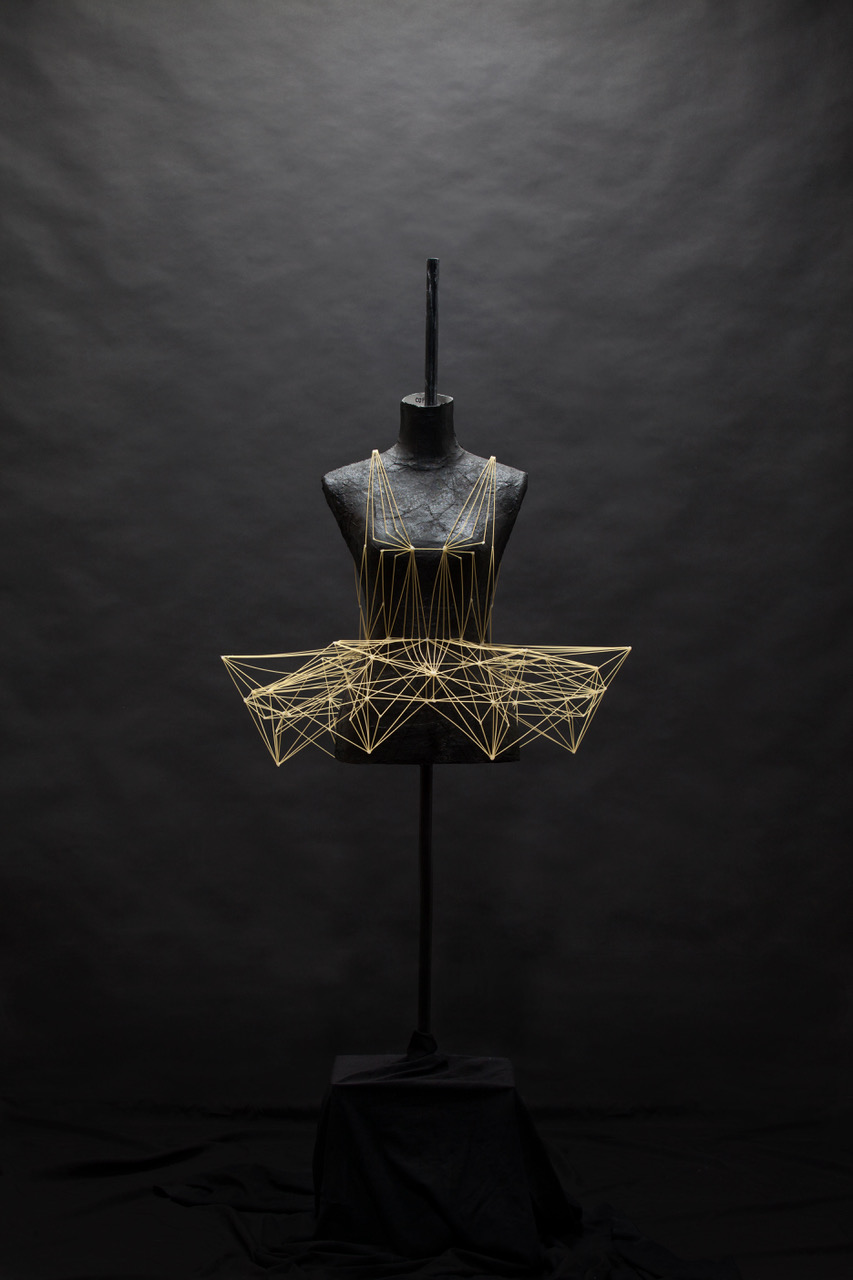
Laura Keeble is a London based artist whose works often use unconventional materials, many with references to consumerism and the contemporary art market. Her recent sculpture series interprets familiar, commonly seen objects and global brand logos using reclaimed church stained glass: Starbucks cups, McDonalds happy meals and CCTV cameras are just a few of the objects that she has cut from original antique church windows, made fantastic and divine with this stunning, discarded material.

Keeble earned immediate attention in 2007 when she parodied Damien Hirst’s “For the love of God”, in which she created a replica using a medical model skull with 6,522 Swarovski crystals and left it in a pile of trash bags. That same year, she built a corporate cemetery, erecting tombstones for brands like Chanel, Nike, and McDonalds. Her sculptures takes these ideas one step further.

Keeble says she had been interested in the use of stained glass and the symbolic significance of sacred and holy relics and objects for some time: “I find the aspect of ‘magical thinking’ a very interesting thought process, that no matter what culture we originate from this thought that an object can have such divine powers as to control a situation externally from itself has thrived for centuries.”
Stained glass was originally used by the church to tell stories of the Bible for parishoners who were unable to read. It was also believed that when the light from the sun shone through those images, they were some how purified and made sacred. “Antique stained glass coming from church windows really gives the idea a weight and authenticity but also discusses the idea of an object having magical, sacred properties. It becomes a relic in its own right,” she says.










 Probably one of the best people to go thrifting with,
Probably one of the best people to go thrifting with,  Italian artist
Italian artist  Using the unexpected material of spaghetti, designer-artist Alice Pegna creates elegance and striking pieces adorning mannequins. Her series, "Ex Nihilo," features ongoing experimentation that encompasses headdresses, dresses, and objects. The strands’ rigid, uncooked form allows the artist to craft geometric designs, culminating in the bold final result seen below.
Using the unexpected material of spaghetti, designer-artist Alice Pegna creates elegance and striking pieces adorning mannequins. Her series, "Ex Nihilo," features ongoing experimentation that encompasses headdresses, dresses, and objects. The strands’ rigid, uncooked form allows the artist to craft geometric designs, culminating in the bold final result seen below.